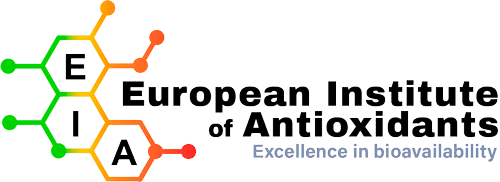antioxidants Quiz
Test your knowledge in antioxidants and oxidative stress
What is IEA?
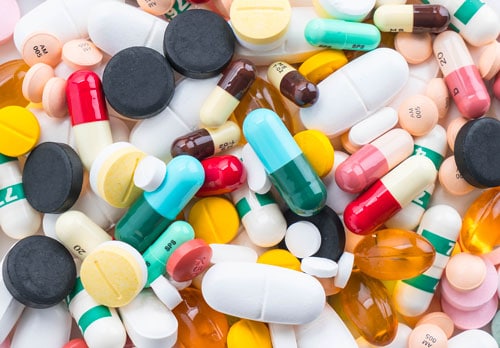
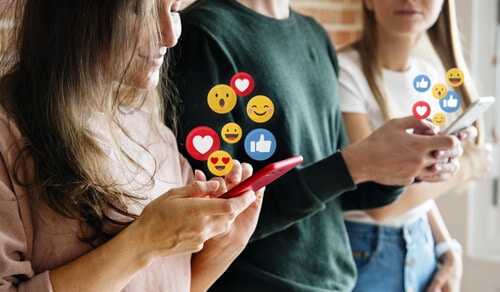
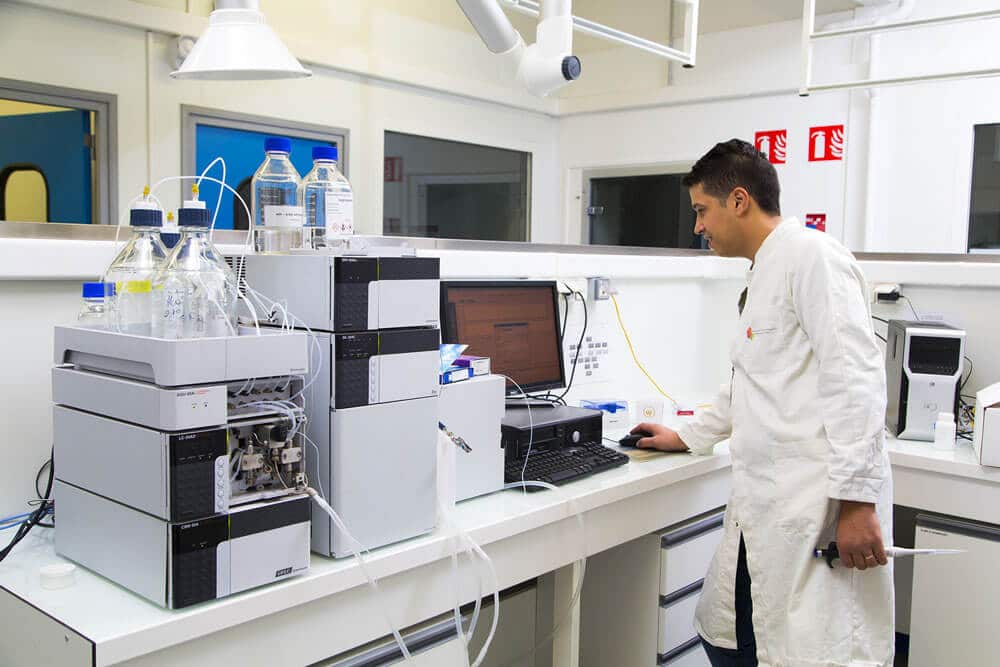
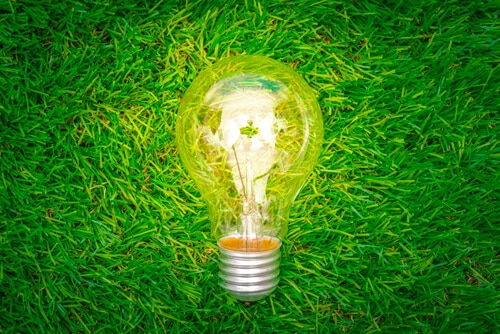
The European Institute for Antioxidants (IEA) is an analysis and advisory center specializing in antioxidants to meet the resulting demands in this field from the cosmetic, food, neutraceutical and pharmacology industries.
The IEA laboratories master all scientific methods of measurement (in vivo and in vitro) of the oxidative and antioxidant potential as well for a plant, an animal, the human being or a manufactured product intended for food or application to the body.
Relying on several patents and a network of highly qualified researchers, the laboratory has developed a standardized method and a model for exploiting analytical data to define a measurement scale for oxidative and antioxidant powers that is standardized and easy to use. . Thus, the IEA provides professionals with analytical tools and expertise unique in Europe.
What are free radicals?
Please select 5 correct answers
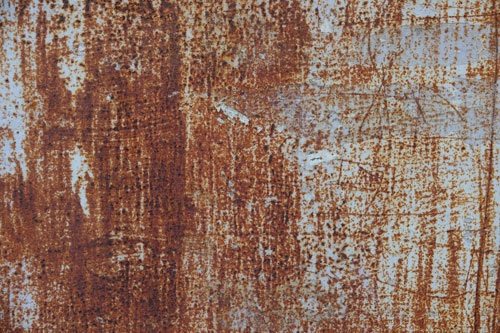

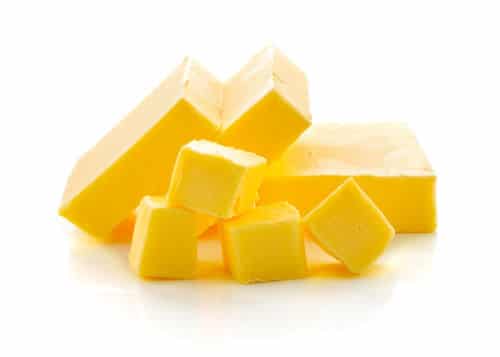
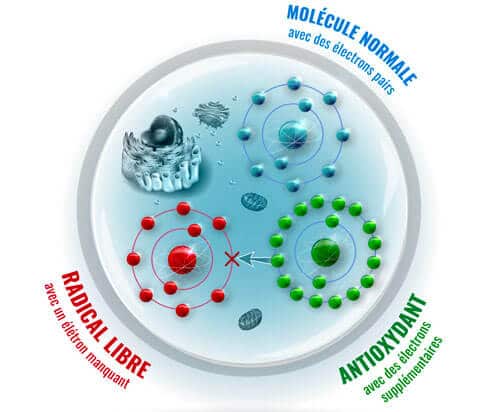
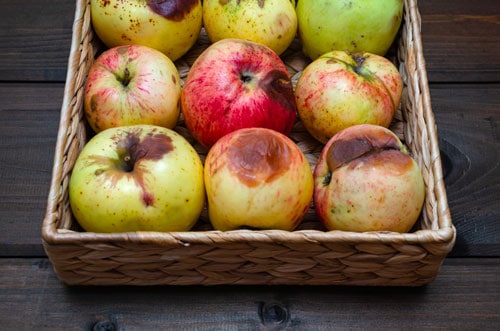

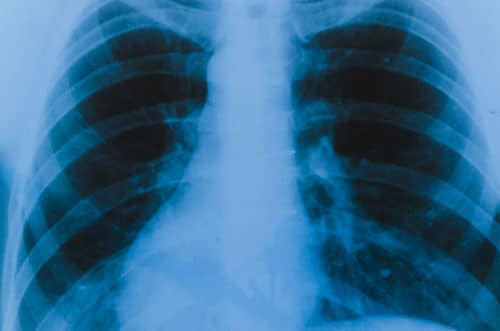
Free radicals are the byproducts of respiration and metabolism. These are unstable complexes which cause the oxidation reaction, which leads to the breakdown of cells and tissues in our body and causes their premature aging.
The most common examples of free radical activity are metal rust, decay of obsolete fruit, yellowing of butter.
In the same way that metal is covered with rust by the oxidation process, our body also undergoes the same mode of operation.
What are the sources of free radicals?
Please select 4 correct answers


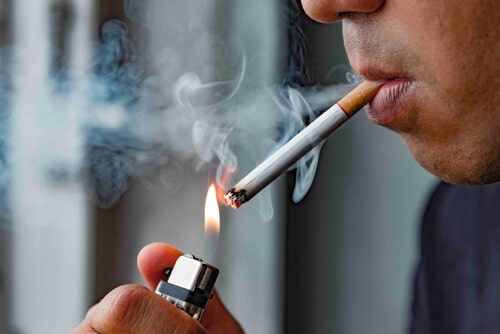
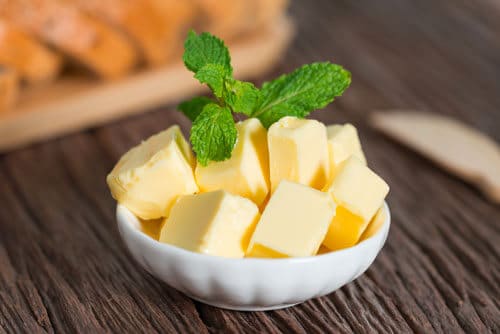
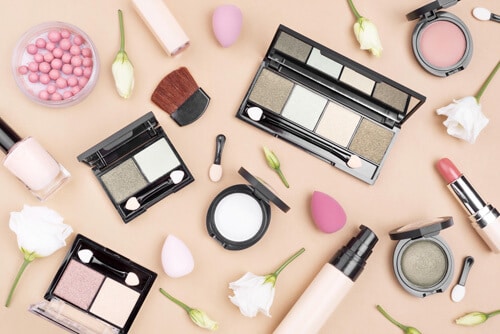
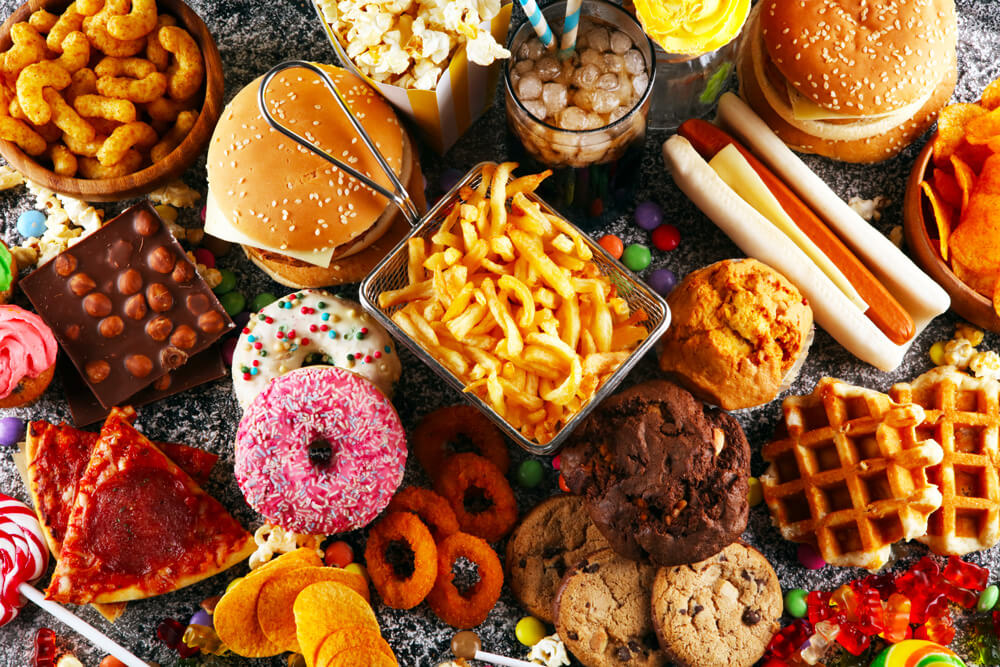
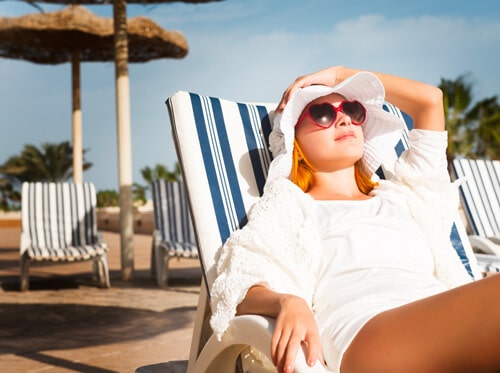
The IEA is capable of measuring the full concentration of oxidants, the famous 'free radicals', and antioxidants in body tissues such as the skin or muscles and biological fluids (blood and its fraction, seminal fluid, saliva, urine…).
These precious measures allow everyone to get an idea of their general condition, and if necessary to change their lifestyle, by playing on well-known parameters: physical activity, tobacco, alcohol, stress, diet... and possibly to better control the use of the various emulsions and creams offered on the cosmetics market, and to consume tea, fruit juice, coffee and other food supplements reasonably.
What is antioxidant power?
Please select 3 correct answers
The oxidative power of a substance is the potential to produce an oxidation, (by capturing electrons in an oxidation-reduction reaction), to produce free radicals (cations or anions) which are very reactive and can cause damage in a cell if they accumulate and are not neutralized.
It is opposed to the antioxidant power of a substance which is the ability to donate its electrons to neutralize free radicals in the body. The antioxidant therefore has a protective effect against the oxidation process.
Among these foods, which one has the highest antioxidant power?
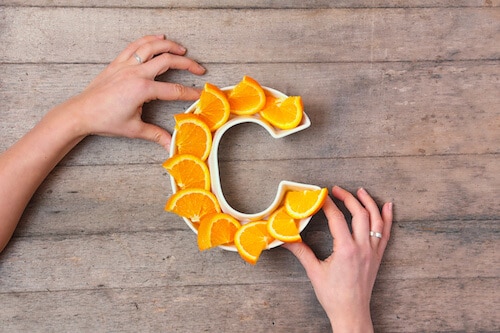
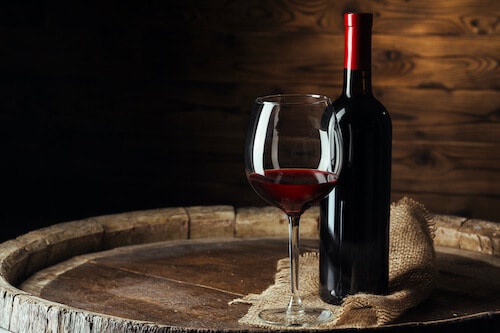
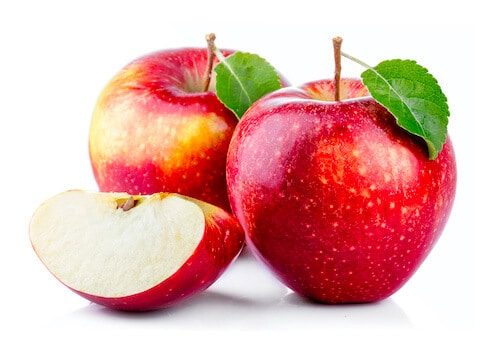
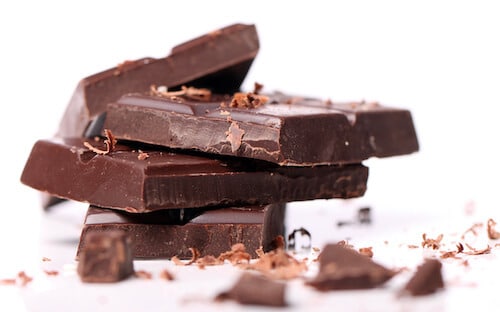
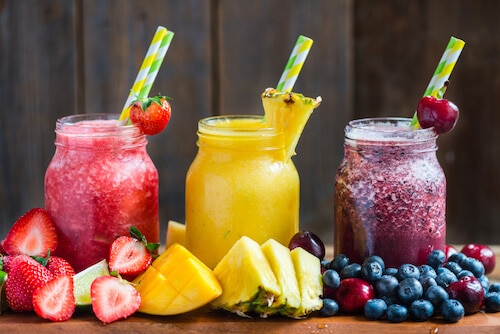
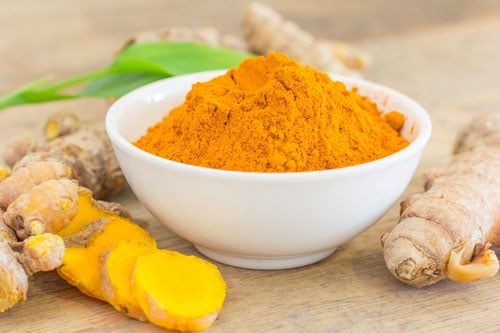
The rich antioxidant content of red wine gives it many virtues and helps prevent cardiovascular diseases.
Unlike white wine and rosé, red wine (red fruit) are the products with the best total antioxidant power. This can be explained by its high concentration of polyphenols (anthocyanins).
Wines made from thick-skinned grape varieties (traditionally made), such as Malbec or Cabernet Sauvignon, have much higher levels of antioxidants than other red wines. To consume with moderation : no more than one glass of wine per day.
What is oxidative stress?



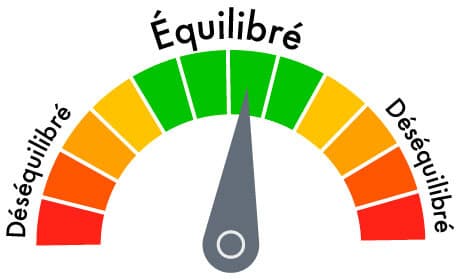
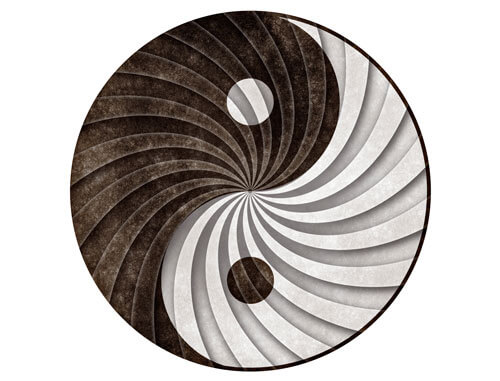
Oxidative stress is an imbalance between the production of free radicals and the ability of antioxidants to inhibit these toxic compounds before they damage cells. Therefore, we get an imbalance between antioxidants and pro-oxidants in favor of oxidants.
This oxidative stress is responsible for many pathologies such as cell senescence, various cancers, Alzheimer's and Parkinson's diseases, and many others… This is why manufacturers in various fields such as the food industry, the medical and pharmaceuticals are always looking for new antioxidant molecules that can reduce the negative effects of oxidative stress.
How can we measure oxidative stress?
Please select 2 correct answers

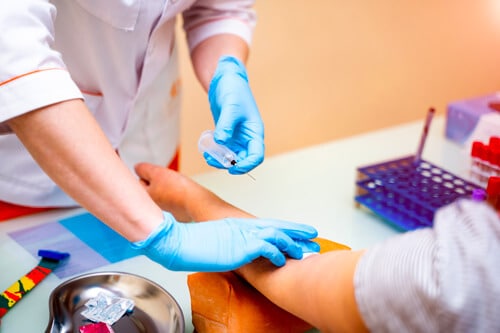
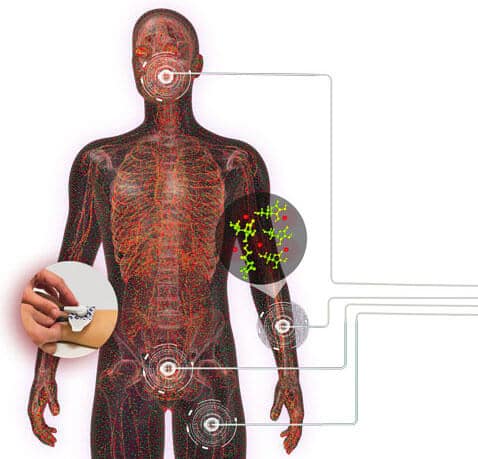

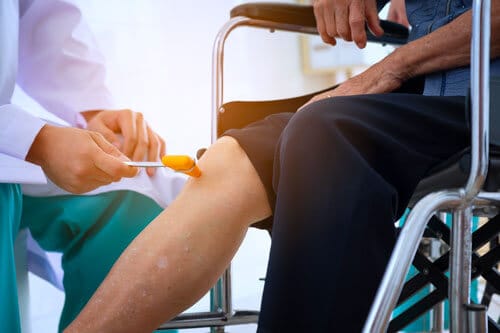
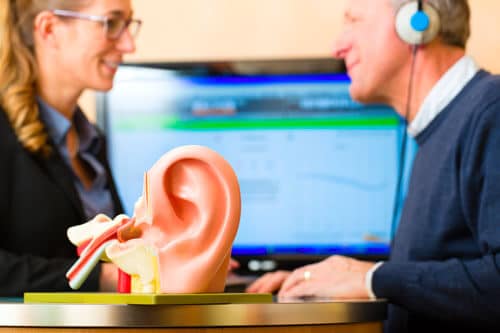

In order to get an idea of his state of oxidative stress, it is necessary to go through an assessment of the antioxidant / oxidant imbalance, in order to propose an appropriate treatment, if possible.
Oxidative stress is measured by calculating the ratio of oxidized forms to reduced forms present in the reaction medium (e.g.: the cell).
Until now, it was a complex, costly and long-term measure for which there was no standardized comparative scale. The IEA has been able to provide an innovative and revolutionary response in this area.
What is the impact of consuming foods enriched with antioxidants?
Please select 3 correct answers
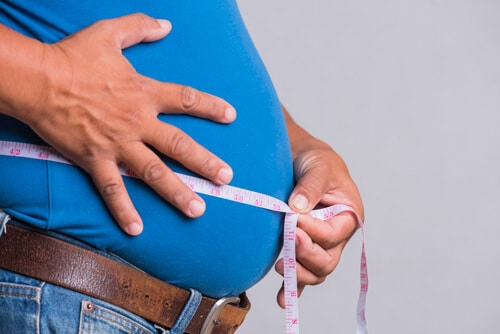
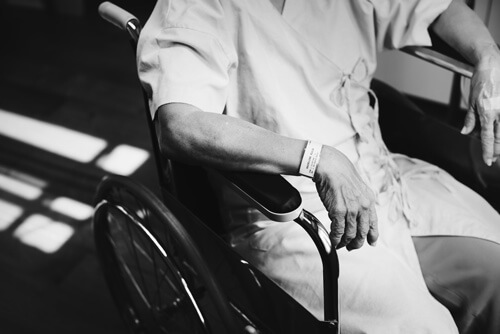


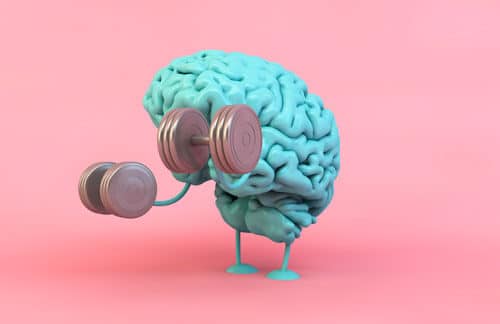
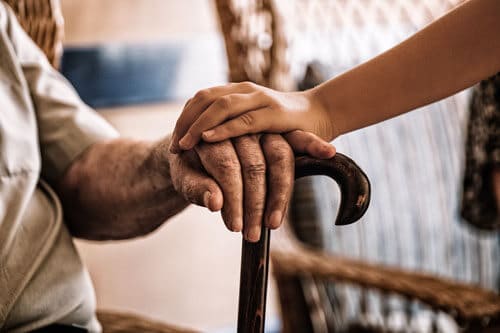
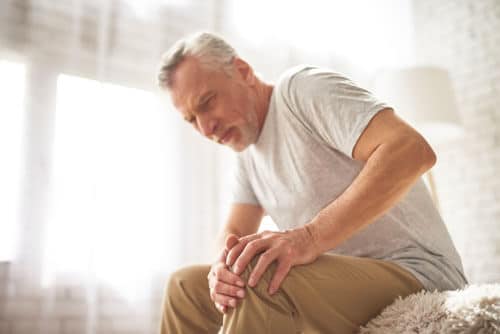
Antioxidants are found in certain foods and can prevent some of the damages caused by free radicals by neutralizing them. These include nutritious antioxidants, vitamins A, C and E. A diet rich in antioxidants can reduce the risk of many conditions, including heart disease and certain cancers. Did you know that COVID-19 patients are characterized by a severe oxidative state? Antioxidants scavenge free radicals in body cells and prevent or reduce the damage caused by oxidation.
What is PAOT technology?
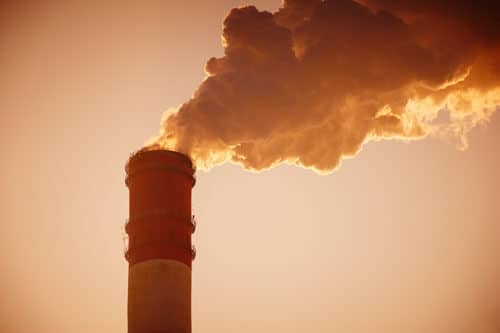
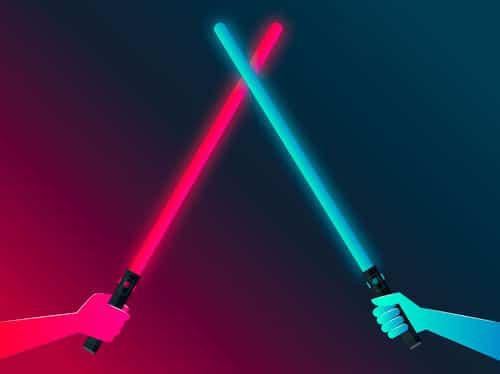
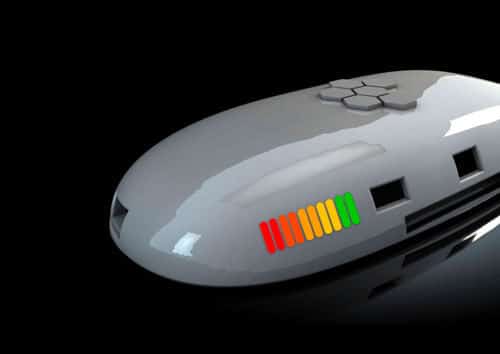
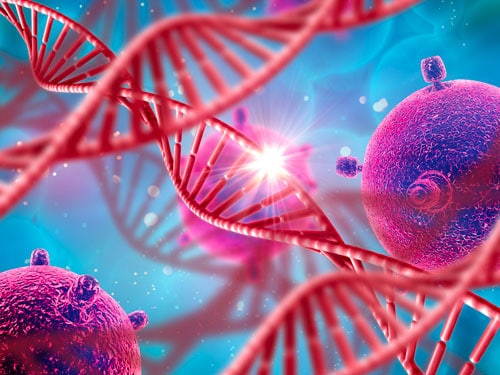
PAOT® technology is a French innovation invented by the IEA which, for the very first time, makes it possible to have a simple, reliable, quick and precise device for measuring the concentration of antioxidants and free radicals in skin cells, body, plants, food and dietary supplements.
PAOT® technology is the only method on the market to quickly measure both antioxidant activity and overall oxidative activity.
In addition to measuring the electrochemical potential, PAOT® technology can integrate spectrophotometric measurements for a more in-depth analysis; which establishes a relationship between antioxidant / oxidant concentrations and spectrophotometric measurements.
Knowing that the antioxidant efficacy assessment levels are based on 4 methods:
- physico-chemical / biochemical invitro
- invitro cell biology
- invivo / insitu
- in Clinics on humans, animals
Which methods do you think are used by I.E.A.?
The European Institute of Antioxidants supports the 4 levels of evaluation:
- physico-chemical / biochemical invitro (PAOT Liquid, profile, identification...)
- invitro cell biology (endothelial cells HUVEC or EAHY.926, CACO2, HACAT, HeLa, MCF7, SOD, HO1, NQO1, Keap1 / Nrf2, IkB, nFkB, eNOS)
- invivo / insitu (Natural skin, synthetic skin, explant, etc.)
- In Clinics on humans, animals (saliva, urine, blood and its fractions, seminal fluid and follicular fluid)
It is this versatility that makes the laboratory efficient with its customers.
What parameters are used to selecting the best antioxidant to vectorize?
Please select 4 correct answers
The choice of the best antioxidant is dictated by the following parameters:
- Easy incorporation into the product
- Stability during the manufacturing process (pH, temperature, etc.)
- Availability of the molecule and its cost
- Its total antioxidant power
- Bioavailability (crossing of:
- the intestinal barrier (cellular defense)
- the blood-brain barrier (prevention of cerebral aging)
What are the ways of vectorization of antioxidants?
Please select 3 correct answers
4 ways of vectorization are known for antioxidants:
- Oral route by mouth (pharmaceuticals (drugs), food: juice, fruit, food supplements)
- Topical way by a local action, surface of the skin or mucous membrane, (pharmaceuticals, dermato)
- Percutaneous route through the skin (cosmetic products)
- Parenteral injection route (pharmaceuticals, polyphenols, vitamins)
The test is over! Thank you for your participation.
Did you learn anything?
The test is over! Thank you for your participation.
Did you learn anything?
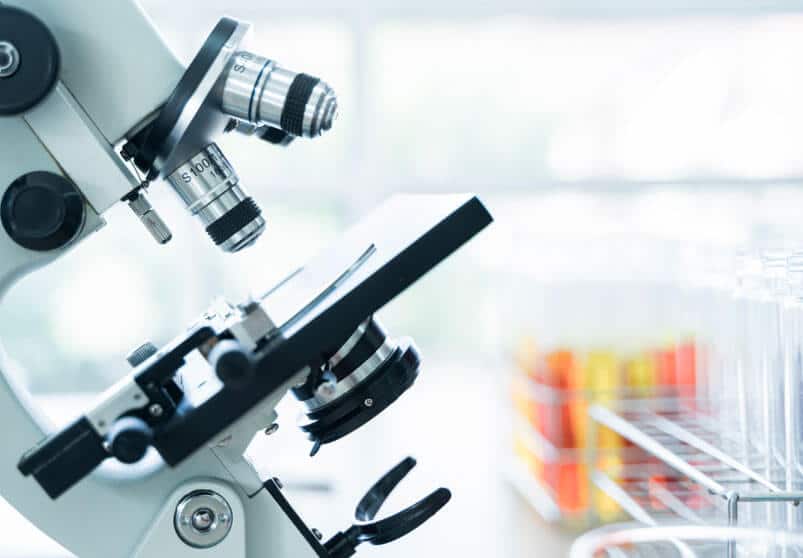



The IEA is recruiting...
We are constantly looking for new collaborators to participate in the development of the company.
